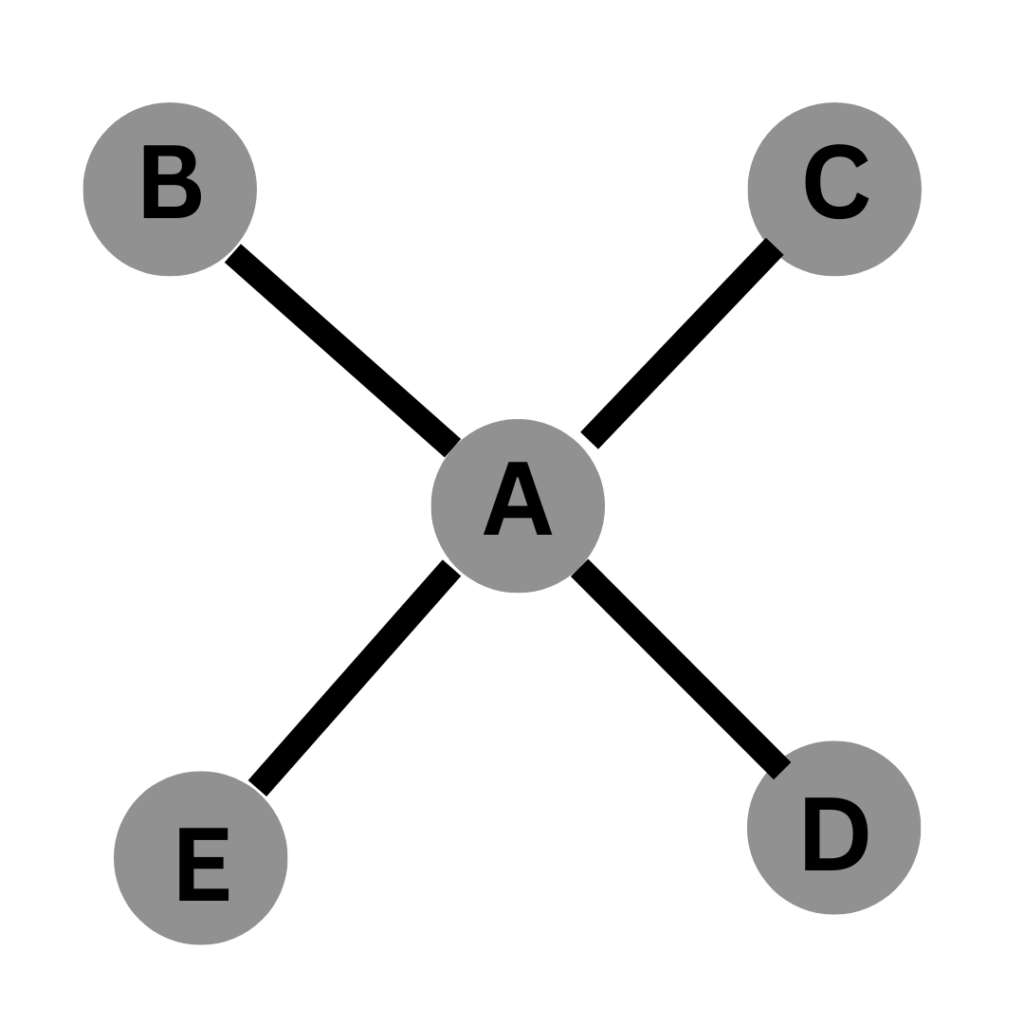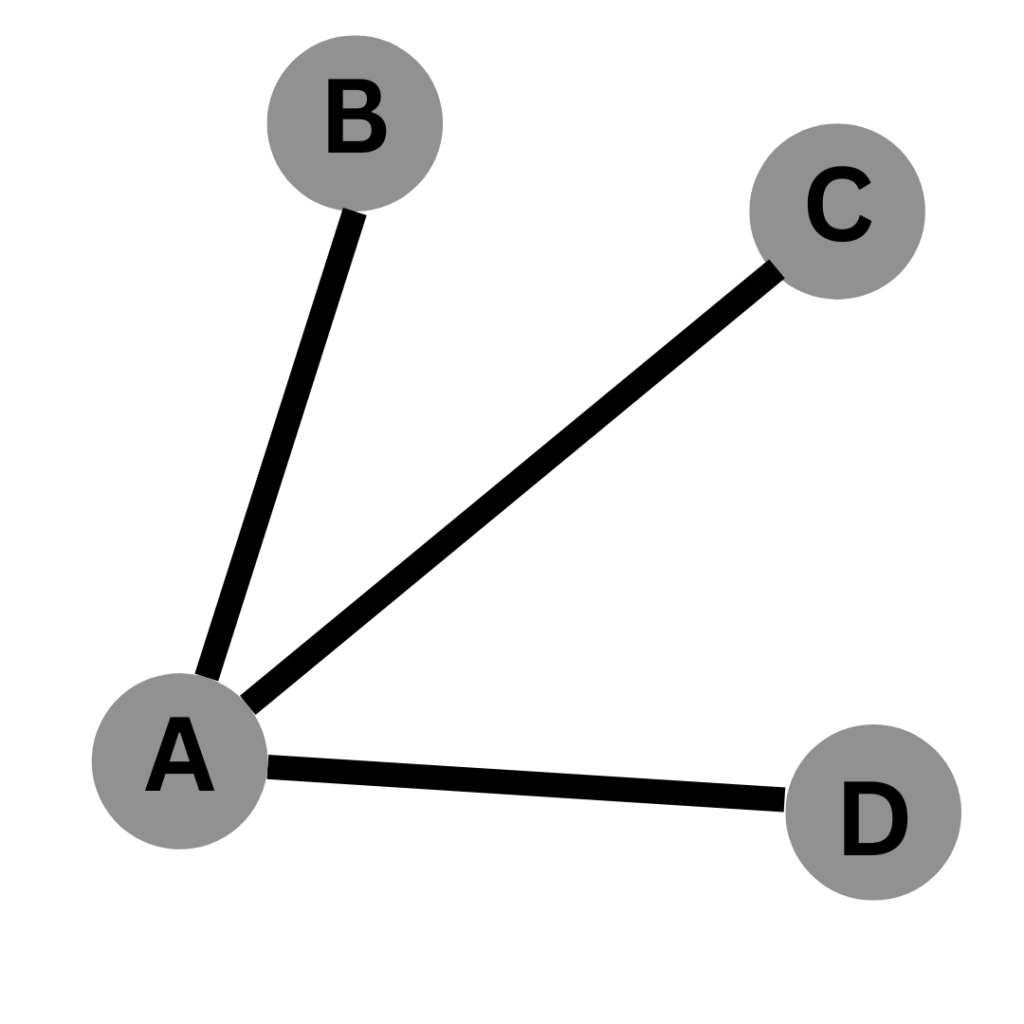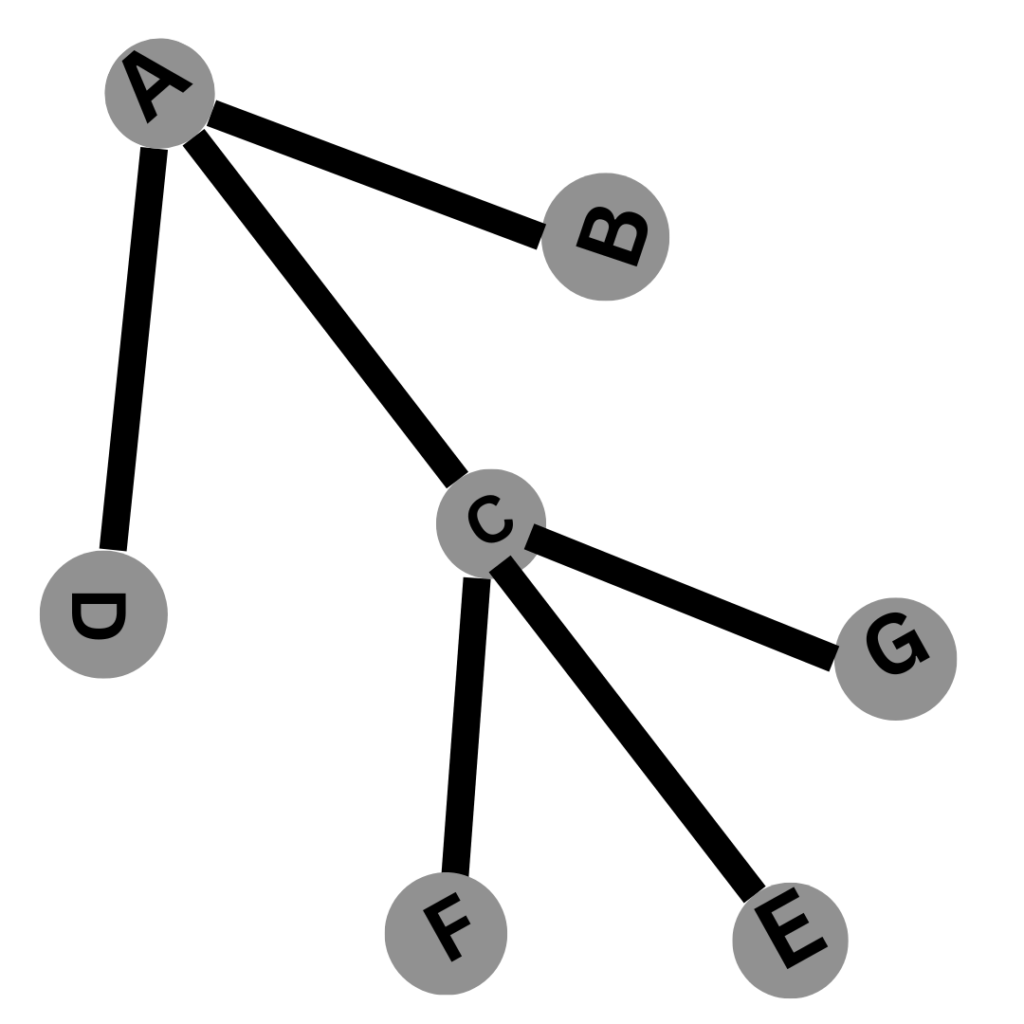Are you curious about the different ways people communicate in the workplace? While formal communication is essential for conveying official messages, informal communication is also a critical component of effective collaboration and relationship building. In this blog, we’ll dive into what informal communication is, why it matters, and how to make the most of it in your organization. So, let’s get started!
Definition of informal communication
“Informal communication is the transmission of information, ideas, feelings, and attitudes through channels that are not officially recognized by the organization or institution, but are instead based on personal relationships, common interests, and social networks.” – Chester Barnard, in his book “The Functions of the Executive” (1938). Barnard was an American business executive and author.
What is informal communication?
Informal communication is a mode of exchanging information, ideas, and opinions in an informal and unstructured way between individuals. It occurs outside of formal channels or official hierarchies and often takes place among peers, or colleagues who have a personal relationship or shared interests.
Informal communication can take many forms, including casual conversations, gossip, small talk, social media interactions, and even nonverbal cues such as body language and facial expressions.
What is informal communication in the workplace?
Informal communication in the workplace is a way for coworkers to communicate outside of formal channels, such as meetings or emails. It is often spontaneous, and unstructured, and can occur during breaks or social gatherings.
In fact, informal communication networks account for 70 percent of all communication that takes place within an organization. Having this form of communication is crucial in fostering relationships among colleagues, which can ultimately result in improved collaboration and teamwork.
Characteristics of informal communication
Informal communication is a mode of communication that is unstructured and spontaneous, and understanding the characteristics of informal communication can help individuals and organizations to build relationships, share information, and resolve conflicts more effectively.
Some of the characteristics of informal communication are as follows:
1/ Unstructured: Unlike formal communication, which usually follows a specific format and structure, informal communication is unstructured and free-flowing. It can jump from one topic to another without a specific agenda or outline.
2/ Unofficial: Informal communication is typically unofficial and not authorized by the organization. It is often not documented or recorded, and may not follow official policies or guidelines.
3/ Multidirectional: Informal communication can flow in all directions, between colleagues, managers, subordinates, or even across departments. It is not limited to hierarchical structures or formal reporting lines.
4/ Often nonverbal: Informal communication can also take the form of nonverbal communication such as body language, facial expressions, or gestures. These nonverbal cues can convey meaning and emotion in a way that words alone cannot.
5/ Flexible: Informal communication is more flexible than formal communication. It allows individuals to adapt their communication style to the context and the audience.
6/ Casual tone: Informal communication often has a casual and relaxed tone, without the use of formal language or rigid protocols. People may use humor or informal expressions that are not typically used in formal communication.
7/ Spontaneous: Informal communication is often spontaneous and occurs in real-time.
Types of informal communication
There are several types of informal communication that can take place in the workplace, and understanding these different types can help individuals navigate their interactions more effectively. Let’s take a closer look at the four common types of informal communication:
1/ Single Strand: In a single-strand communication pattern, information is passed from one person to another in a linear sequence, like a chain.

For example, if one employee hears a rumor about a change in company policy, they may pass it on to the next employee, who then passes it on to another employee, and so on. This type of communication can be relatively slow and may result in inaccurate information.
2/ Gossip Chain: A gossip chain occurs when information is passed from one person to another in a non-linear pattern, typically through gossip or rumors.

This type of communication can be very fast and can spread widely throughout an organization, but it can also be unreliable and may result in the spread of false or harmful information.
3/ Probability Chain: In a probability chain communication pattern, information is passed from one person to another based on the likelihood of that person being interested or affected by the information.

For example, if an employee hears about a new project that is relevant to their department, they may pass the information on to other employees who are also likely to be interested in the project. This type of communication can be more efficient than single-strand communication, but it can also result in information being restricted to certain groups.
4/ Cluster Chain: A cluster chain occurs when information is passed within a group of closely connected individuals, such as a team or department. This type of communication can be very effective for sharing information and building relationships within a group, but it can also lead to groupthink or a lack of diversity of ideas.

It’s important to note that while informal communication can be valuable in many ways, it should not replace formal communication channels entirely.
-Extra Learnings
What are the types of informal systems?
Grapevine system: This is a type of informal communication system where rumors and gossip spread through a network of employees.
Social systems: These informal systems are based on social relationships and networks that develop within an organization.
Communication systems: These informal systems refer to the informal channels of communication that develop within an organization, such as the grapevine or informal networks.
Cultural systems: These informal systems refer to the shared values, beliefs, and assumptions that exist within an organization.
Examples of informal communication in the workplace
1/ Lunchtime conversations: Lunch breaks are a great opportunity for colleagues to socialize and chat about non-work-related topics.
2/ Office events: Workplace events like holiday parties, team-building activities or happy hours provide opportunities for colleagues to get to know each other on a personal level and engage in informal communication.
3/ After-work drinks: Going out for drinks after work is a common way for colleagues to unwind and socialize outside of the office. This can be a great opportunity to build relationships and get to know your colleagues on a more personal level.
Examples of informal language
Informal: I don’t think the results are accurate.
Formal: The accuracy of the results is in doubt.
Informal: The research project won’t continue next year.
Formal: The research project will not be continued in the forthcoming year.
Examples of informal groups in organizations
Peer groups are one of the most common informal groups within organizations.
Peer groups: Informal groups may also form based on similarities in job roles or levels within the organization, such as a group of junior employees who meet regularly to discuss their experiences and share advice on navigating the workplace.
Examples of informal sentences
“I’m thinking of calling in sick tomorrow, I could really use a break.”
“Hey, have you heard about the new project that’s coming up?”
“I’m swamped with work this week, can we catch up later?”
Role of Informal Communication in an Organization
The role of informal communication in an organization is significant. Informal communication allows employees to interact on a more personal level, building relationships and creating a sense of community within the organization.
It also allows for the sharing of information and ideas that might not be communicated through formal channels. Informal communication can be a valuable tool for resolving conflicts and boosting morale, as it provides an outlet for employees to express their thoughts and feelings in a non-threatening environment.
It can also aid in networking and building professional connections. Overall, informal communication plays an important role in promoting collaboration, fostering innovation, and enhancing the overall performance of the organization.
Importance of informal communication
Informal communication can also be beneficial as it can promote open communication, build relationships, and foster a positive work environment. In this context, let’s take a look at the importance of informal communication:
- Building relationships: Informal communication allows people to connect on a personal level and build relationships based on trust and mutual understanding.
- Providing feedback: Informal communication can provide an opportunity for individuals to give and receive feedback on work-related issues in a more relaxed and comfortable setting. This can help to improve performance and productivity.
- Sharing information: Informal communication can be a way for people to share information that may not be appropriate or necessary to share through formal channels.
- Strengthening company culture: By encouraging open communication, transparency, and inclusivity, informal communication can contribute to the development of a positive company culture.
However, it’s important to strike a balance between informal and formal communication to ensure that important information is not missed or misunderstood.
Difference between formal and informal communication
Formal Communication | Informal Communication |
Follows a structured format | Lacks a specific format |
Uses official language and jargon | Uses conversational language |
Requires adherence to organizational hierarchy | Ignores organizational hierarchy |
Typically documented in writing | Often conveyed verbally or through body language |
Emphasis on accuracy and precision | Emphasis on building personal relationships |
To know more check out our detailed article on: Difference between formal and informal channels of communication
Difference between formal and informal letters
Formal Letters | Informal Letters |
Follows a specific format with headings and salutations | Lacks a specific format |
Uses official language and tone | Uses a personal, friendly tone |
Typically addressed to a specific recipient | Often written to friends or family members |
Usually written to convey official business matters | Often written to express personal feelings or experiences |
Requires adherence to organizational guidelines | Allows for creativity and self-expression |
Check out our detailed article on: Formal vs informal letters with examples
Differences between formal and informal meetings
Formal Meetings | Informal Meetings |
Follows a structured agenda | Lacks a specific agenda |
Requires attendance by specific individuals | Attendance is often flexible and voluntary |
Uses official language and tone | Uses a casual, conversational tone |
Requires adherence to time limits and protocol | Often conducted in an informal setting with no specific time constraints |
Emphasis on decision-making and problem-solving | Emphasis on building relationships and socializing |
Formal and informal conversation
Formal Conversation | Informal Conversation |
Follows a structured protocol and formal tone | Uses a casual, conversational tone |
Requires adherence to social norms and etiquette | Allows for flexibility and informality |
Often initiated by a specific purpose or goal | Often initiated by small talk or sharing of personal experiences |
Emphasis on professional relationships | Emphasis on building personal relationships |
Uses official language and jargon | Uses colloquial language and slang |
Strategies for balancing formal and informal communication
Both formal and informal communication channels have their own strengths and weaknesses, and finding the right balance between them can be critical for success. In this section, we will discuss some strategies that can help you navigate the trade-offs between formal and informal communication and make the most of both approaches.
1/ Establish clear communication channels: Make sure there are clear and effective channels for both formal and informal communication. This may involve conducting frequent team meetings, scheduling one-on-one check-ins, implementing an open-door policy, and utilizing online collaboration tools.
2/ Train employees on communication skills: Provide training and development opportunities to help employees develop effective business communication and soft skills, including listening, speaking, and writing. This can help employees feel more confident communicating both formally and informally.
3/ Use business communication tools: The utilization of business communication software such as instant messaging platforms can simplify communication processes and decrease reliance on informal channels.
4/ Monitor informal communication channels: Monitoring informal communication channels, such as the grapevine or social media, can help managers identify potential problems early and take action to address them before they become bigger issues.
5/ Recognize the value of informal communication: Recognize that informal communication can have positive benefits, such as building relationships and fostering creativity. Encourage positive informal communication, while keeping an eye out for any negative effects.
Ways to make informal communication effective
Effective informal communication is crucial for building strong relationships, whether in personal or professional settings. Here are some tips to make informal communication more effective:
(A) Keep it Relaxed:
- Informal communication should be relaxed and unforced. Avoid excessive formality.
- Use a conversational tone and be yourself, so the other person feels comfortable.
(B) Factor Timing into Your Approach:
- Choose an appropriate time for informal conversations. Don’t initiate deep or sensitive topics when the other person is stressed or busy.
- Be respectful of their schedule and availability.
(C) Share Personal Stories:
- Sharing personal stories can make conversations more relatable and engaging. It also helps establish a deeper connection with the other person.
- Choose stories that are relevant to the topic and add value to the conversation.
(D) Follow Up:
- Informal communication is not just about the current conversation. Follow up with the other person to show that you value the relationship.
- Check-in on how they are doing or continue discussions from previous conversations.
(E) Be Respectful:
- Respect the other person’s boundaries and privacy. Avoid asking overly personal questions if it makes them uncomfortable.
- Respect differences in opinions, values, and beliefs.
By practicing these tips, you can enhance your ability to connect with others on a personal level and build lasting bonds.
Advantages and disadvantages of informal communication
Advantages of informal communication
- Greater employee empowerment: When employees feel comfortable sharing their thoughts and opinions, they may feel more empowered to make decisions and take ownership of their work.
- Enhances decision-making: Informal communication can provide valuable feedback and insights that can be used to make better decisions. This can lead to better outcomes and a more successful organization.
- Improved feedback: In a more informal setting, employees may be more comfortable providing feedback to their managers and colleagues. This can lead to more constructive criticism and a better understanding of areas for improvement.
Disadvantages of informal communication
- Lack of control: Informal communication channels can be difficult to control, and it can be challenging to ensure that the right people are receiving the right information.
- May not be suitable for all situations: Informal communication may not be appropriate for all situations, such as when communicating sensitive or confidential information.
- Lack of structure: Informal communication can lack structure, which may make it difficult to ensure that important information is shared and understood by all parties involved.
Further Reading: What are the advantages and disadvantages of informal communication
What is grapevine communication?
Grapevine communication refers to an unofficial and informal communication system that operates within an organization. The grapevine can be described as the gossip, and rumors that circulate among employees in an organization.
This type of communication is often used to satisfy employees’ social needs and can sometimes provide valuable information to management about employee morale, opinions, and concerns. However, because grapevine communication is informal, the information exchanged can often be inaccurate or incomplete, leading to misunderstandings and misinterpretations.
Further Reading: What is grapevine communication with types and examples
What is called formal communication?
Formal communication is an official type of communication that takes place within a business or organization and is typically structured and intentional.
It is usually carried out through pre-determined channels of communication, such as memos, reports, official letters, and meetings, and follows a specific chain of command. Formal communication benefits larger organizations where there are multiple levels of management and many employees.
Further Reading: Formal communication definition and examples
Frequently Asked Questions
Q1) What is informal communication and examples?
Ans: Informal communication refers to the transmission of information through casual or unofficial channels, rather than through official or structured channels. Examples include gossip, rumors, social media interactions, and personal conversations.
Q2) What are formal and informal communication?
Ans: Formal communication refers to official communication that follows prescribed rules, protocols, and hierarchical structures within an organization. On the other hand, informal communication refers to communication that takes place outside the official channels of an organization, such as casual conversations or chats among coworkers.
Q3) What are the types of informal communication?
Ans: The four types of informal communication networks include Single Strand, Gossip Chain, Probability Chain, and Cluster Chain. Understanding these different types of informal communication networks can help you to better navigate and leverage them for the benefit of your organization.
Q4) What is Informal communication in English?
Ans: Informal communication in English refers to the use of casual language in everyday interactions, rather than formal or academic language. This type of communication often includes idioms and other informal expressions.
Q5) What is informal information?
Ans: Informal information refers to knowledge or data that is transmitted through informal communication channels, rather than through formal or structured channels.
Q6) What is informal communication in business communication?
Ans: In business communication, informal communication refers to the transmission of information through non-official channels, such as personal conversations or social media interactions.



